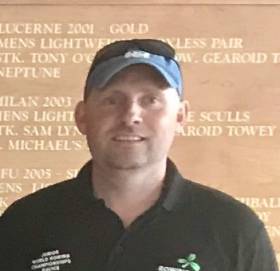Displaying items by tag: Fran Keane
Keane Takes on New Role with Rowing Ireland
#Rowing: Fran Keane has been chosen as Operations Manager and Pathway Coordinator for Rowing Ireland. Keane comes from a strong Athlone rowing family. His father and uncles rowed for Athlone Boat club and after following the family tradition he went on to row for UCC and Cork Boat Club. He also had a year rowing in Galway. Having moved to Cork in 2002 Fran secured a job teaching in Presentation Brothers College in 2004 where he also had the role of Head Rowing Coach.
Over the past 14 years in this job, Fran has overseen the development of the schools rowing program to where it has nearly 100 boys participating. He has coached a number of winning crews at the Irish Championships as well as preparing athletes for international selection. Keane has coached successfully at all junior international levels: Home Internationals, Coupe de la Jeunesse, Junior European Championships and Junior World Championships.
For Rowing Ireland, he has been involved in a voluntary capacity as Lead Sweep Coach, Lead Junior Men’s Coach and Junior Lead Coach. “I am delighted to be joining the Rowing Ireland team at such an exciting time for Irish rowing and look forward to the challenge that this role has to offer,” he said after his appointment. Speaking about the appointment, the chair of the high-performance committee, Neville Maxwell, said: “Forward planning is key to our organisation, not only with targeting Tokyo (2020) but also preparing for Paris (2024). We believe that the appointment of Fran will fit perfectly with this strategy. Fran’s experience at domestic club level and with the junior team over the last number of years will hugely benefit Rowing Ireland as we build our clubs and crews in the upcoming years.”























